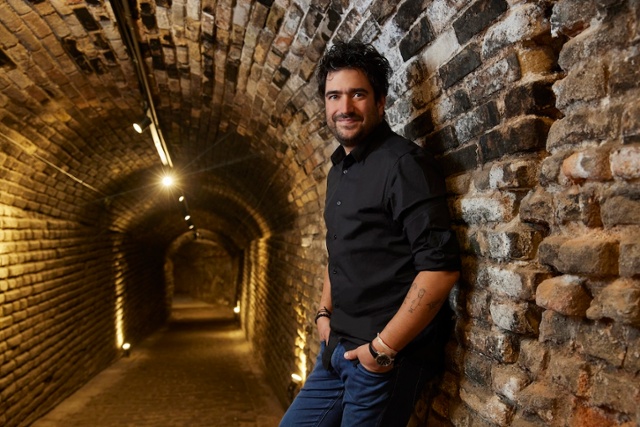performers
Harold López-Nussa

Cuban-born pianist and composer Harold López-Nussa begins an exciting new chapter of his fascinating career with his Blue Note debut Timba a la Americana, a vibrant album teeming with joy and pathos that was inspired by the pianist’s recent decision to leave his Cuban homeland and begin a new life in France. Produced by Snarky Puppy bandleader Michael League, Timba a la Americana unveils a brand new sound across 10 dynamic original compositions performed by a tight-knit band featuring harmonica virtuoso Grégoire Maret, Luques Curtis on bass, Bárbaro “Machito” Crespo on congas, and Harold’s brother Ruy Adrián López-Nussa on drums.
Harold traces the origins of Timba a la Americana to a day during his family’s first winter after leaving Cuba to live in Toulouse, France. Harold had previously released a string of acclaimed Latin jazz projects under his own name and participated in collaborative all-star assemblages like Ninety Miles with Stefon Harris, David Sanchez, and Christian Scott. He felt a strong urge to escape the conventional thinking about song form and structure that has defined Latin jazz since the 1950s using lyrical melodies and intricate odd-meter vamps.
The project is in collaboration with League, a friend of many years who had first heard Harold on a trip to Cuba and later invited the pianist to perform at Snarky Puppy’s GroundUp Music Festival in Miami, and the two sought new settings for the clave patterns that are the heartbeat of Cuban music. They grabbed elements of danzon, the foundational dance that began in Matanzas in the late 1800s, and the stately son tumbao riffs that frame the songs of Benny Moré and so many others. They worked with ancient bata drum rhythms used to summon the deities, then incorporated them into the choppy polyrhythmic agitations of modern improvising collectives. They linked the catcalling mambos of Dizzy Gillespie and Machito to modern ideas about song structure.
The result is Timba a la Americana, a provocative, lavishly colorful, effortlessly unified song cycle that amounts to a top-to-bottom modernization of Latin jazz.
Performances